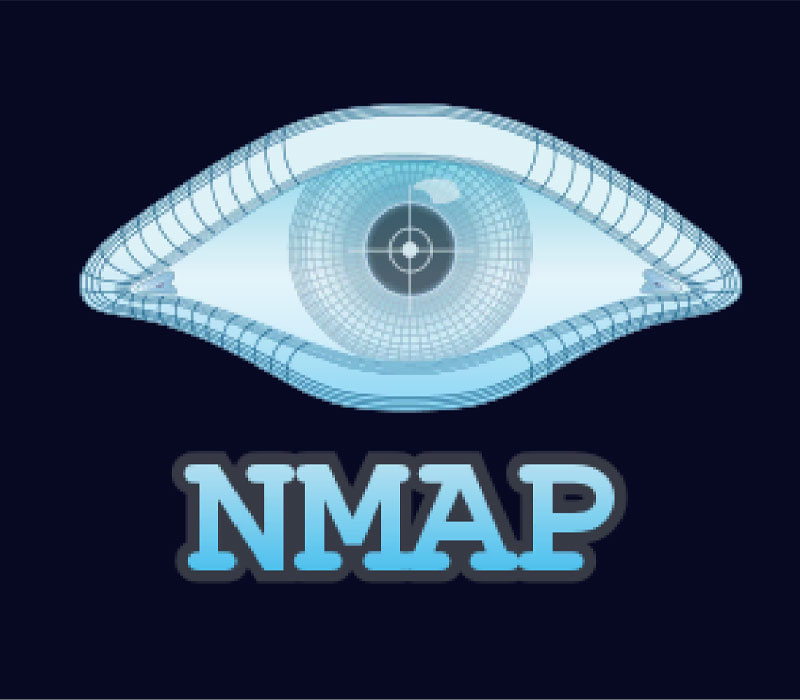Nmap

Nmap (Network Mapper) is a powerful and widely used open-source network scanning tool developed by Gordon Lyon, also known by his pseudonym Fyodor Vaskovich. Designed for network administrators, cybersecurity professionals, and IT specialists, Nmap helps discover hosts, devices, and services on a computer network by sending carefully crafted packets and analyzing the responses. It offers a comprehensive set of features, including host discovery, service detection, and operating system fingerprinting, making it an essential tool for network mapping and security auditing. Its functionality can be extended with the Nmap Scripting Engine (NSE), which allows advanced service detection, vulnerability scanning, and custom automation for complex network tasks. Nmap is highly adaptive, capable of handling varying network conditions such as latency, packet loss, and congestion, ensuring accurate results even in large-scale or complex networks. Originally developed as a Linux utility, Nmap has been successfully ported to multiple platforms including Windows, macOS, and BSD, with the highest popularity among Linux users. Trusted by IT professionals worldwide, Nmap is recognized as one of the most reliable and versatile network scanning and security assessment tools available today.
Nmap Features and Typical Uses
Nmap is a versatile and powerful network scanning tool, offering a wide range of features designed for network discovery, security auditing, and system analysis. Some of its key features include:
- Fast Scan (nmap -F [target]) – Quickly performs a basic port scan to identify open ports and active services on the target system, delivering fast results suitable for preliminary assessments.
- Host Discovery – Detects live hosts on a network by analyzing responses to TCP and ICMP requests, or by checking if specific ports are open, helping administrators identify devices available for scanning.
- Port Scanning – Enumerates all open TCP and UDP ports on a target host to assess which services are accessible, forming a critical step in vulnerability analysis and network security auditing.
- Version Detection – Interrogates network services on remote devices to determine the specific application name and version number, providing detailed insight into potentially vulnerable services.
- Ping Scan – Sends ICMP or TCP ping requests to verify host availability and responsiveness without performing a full port scan.
- TCP/IP Stack Fingerprinting – Analyzes network activity patterns to determine the operating system, hardware characteristics, and network stack behavior of devices, enabling precise OS detection.
- Scriptable Interaction with Targets – Uses the Nmap Scripting Engine (NSE) along with the Lua programming language to perform advanced automated tasks, such as vulnerability detection, configuration auditing, and custom network probes.
- Additional Target Information – Provides extra details such as reverse DNS names, device types, MAC addresses, and network topology information, assisting in comprehensive network analysis.
Typical Uses of Nmap:
- Security Auditing – Evaluates the security of devices, firewalls, and network segments by identifying accessible network connections, services, and open ports.
- Open Port Identification – Detects active services on target hosts in preparation for vulnerability assessments or penetration testing.
- Network Inventory and Mapping – Maintains an up-to-date inventory of devices, maps network topologies, and assists in IT asset management and infrastructure maintenance.
- Network Monitoring and Server Discovery – Identifies new or rogue servers on a network, supporting security monitoring and compliance audits.
- Traffic Analysis – Generates traffic to hosts, analyzes responses, measures response times, and evaluates network performance.
- Vulnerability Discovery – Helps identify and potentially exploit vulnerabilities in network devices and services, aiding ethical hacking and penetration testing efforts.
- DNS and Subdomain Enumeration – Performs DNS queries and subdomain discovery, supporting domain reconnaissance and security analysis.
With its extensive capabilities, Nmap is widely used by network administrators, IT professionals, and cybersecurity experts to secure networks, map infrastructure, and identify potential vulnerabilities, making it one of the most trusted tools for network discovery and security auditing worldwide.
User interfaces
NmapFE was the official graphical user interface (GUI) for Nmap from versions 2.2 through 4.22, originally developed by Kanchan to provide users with a more accessible, visual way to interact with Nmap’s powerful network scanning capabilities. This GUI allowed network administrators, cybersecurity professionals, and IT specialists to configure scans, select targets, and analyze results without relying solely on command-line inputs, making network scanning and security auditing more user-friendly. However, with the release of Nmap 4.50, which evolved from the 4.22SOC development series, NmapFE was officially replaced by Zenmap, a modern and more robust GUI designed to improve usability and functionality. Zenmap, developed by Adriano Monteiro Marques and based on the UMIT interface, introduced enhanced features such as saved scan profiles, interactive network topology maps, and advanced visualization tools, further streamlining the process of network discovery, port scanning, and security analysis. Today, Zenmap serves as the official GUI for Nmap, providing an intuitive interface while retaining the full power of Nmap’s command-line capabilities, making it an essential tool for both beginners and experienced network security professionals.

